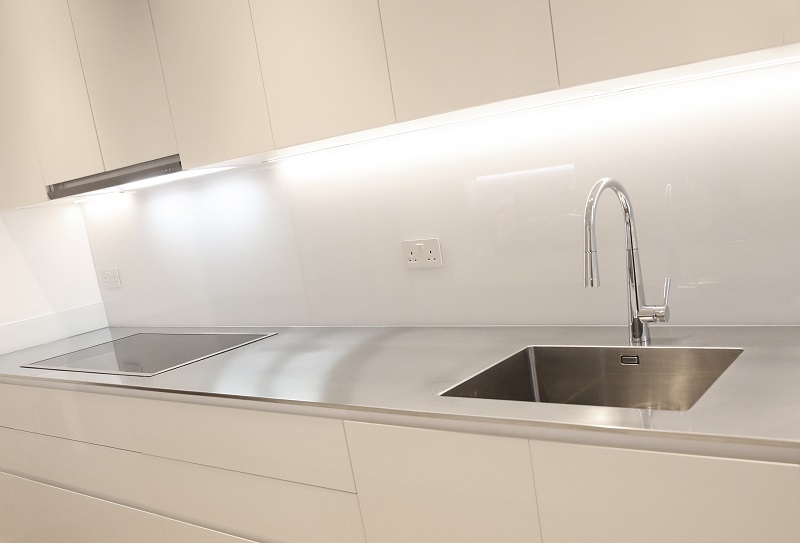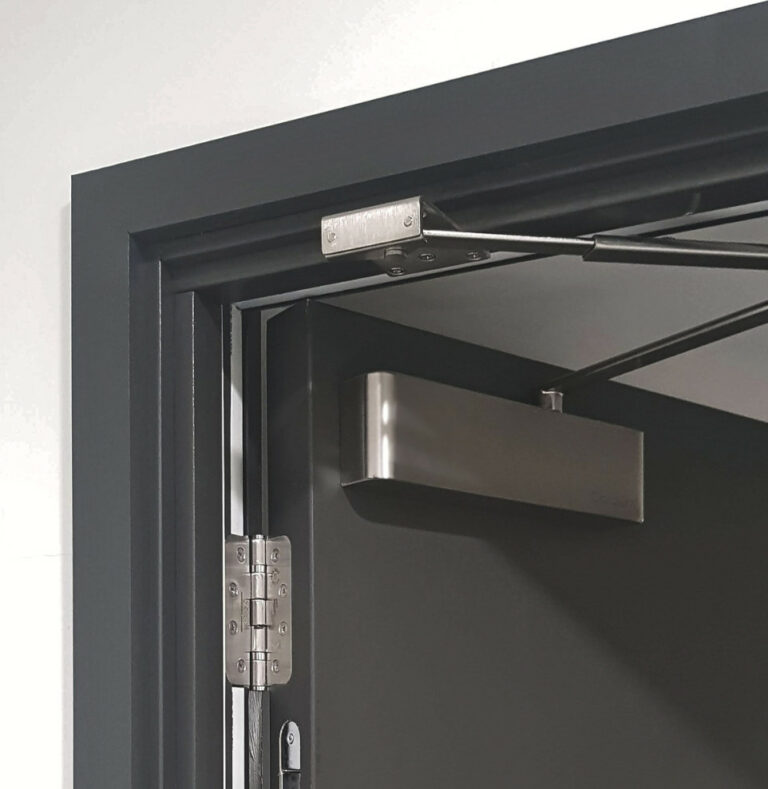As
the popularity of stainless steel worktops continues to grow, it is interesting
to examine why this should be as well as how and when this trend may have
started.
GEC
Anderson have been supplying custom-made stainless steel worktops since
1962. So, with such a long experience, built up over more than half a
century, GEC Anderson are in a unique position to provide an insight into these
questions.
In
practice, choice of worktop material reflects a combination of factors,
including, aesthetics, versatility, performance and safety. Stainless steel
provides the discerning specifier with the ultimate kitchen worktop material.
Its initial specification can be traced back to the early post war era, in an
age where ‘design’ was really just beginning to emerge.

A
prime example, in London, involving the widespread use of stainless steel
within a residential development was at the highly prestigious Barbican Centre.
Stainless steel worktops were supplied by GEC Anderson to approximately 2000
apartments, specified by the forward thinking architects Chamberlin, Powell
& Bon.
(Although
construction of the Barbican was carried out during the 1970’s, its planning
and design occurred in the 1950’s). The need to maximise use of the limited
space available for the kitchens combined with a desire to provide the ultimate
in material performance lead, naturally, to the selection of stainless steel
worktops.
Since
these early days of post war prosperity, coinciding with a new attention to
ergonomics and design, increasing numbers of consumers have, gradually, become
more discerning and enlightened. It is natural for aspirations to rise towards
honest, safe, versatile, attractive and sustainable materials. At the same
time, we have witnessed a parallel rise in the popularity of stainless steel
appliances, in place of their predecessors - painted or coated mild steel
‘white’ goods. In turn, this has helped to remind consumers of the existence of
stainless steel worktops but also stainless steel cabinets, splashbacks and
furniture. Use of ‘honest’ materials, such as stainless steel (that are not
coated, painted or veneered) is resonating with consumers seeking sustainable
and authentic surroundings.
Whilst
the underlying product remains fundamentally unaltered over time, some
superficial changes have occurred. For instance, sink bowls tend to have
tighter corners and edge profiles seem to be getting thinner. GEC Anderson take
this in their stride by offering a wide range of standard sink bowl sizes and
edge profiles that can be varied in height from 4 to 120mm. Within the general
constraints applicable to stainless steel worktops, certain possibilities tend
to present themselves. For example, a recent project included a ‘rivets’ edge
profile (see picture). These kind of details and possibilities provide a clue
to the versatility available with custom stainless steel worktops. In turn,
this helps to explain their continued popularity. Their striking appearance and
extreme resilience are impossible to ignore.




















